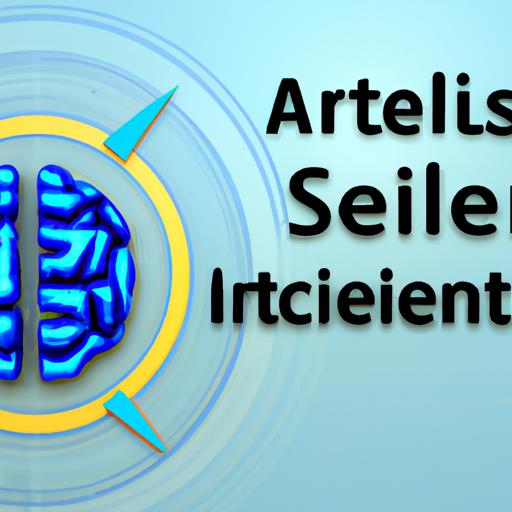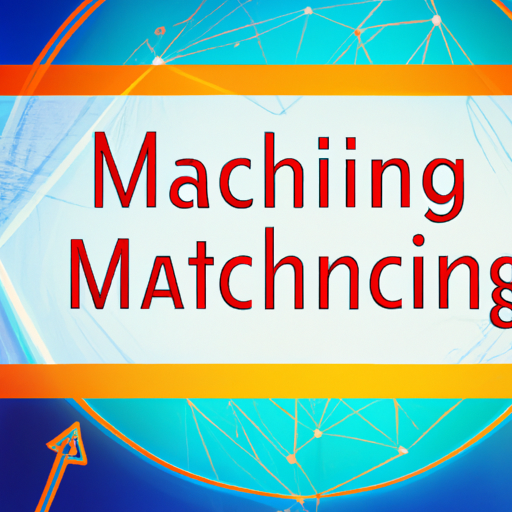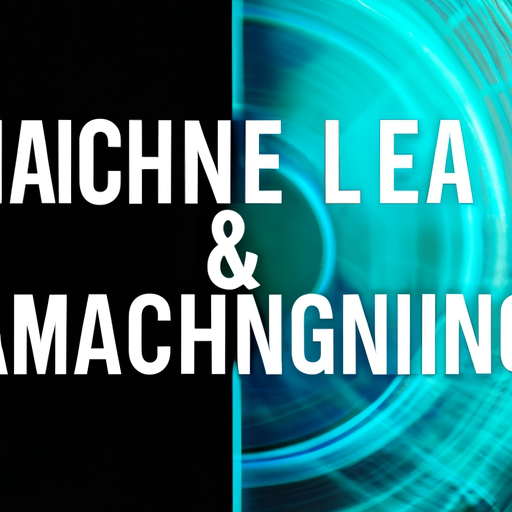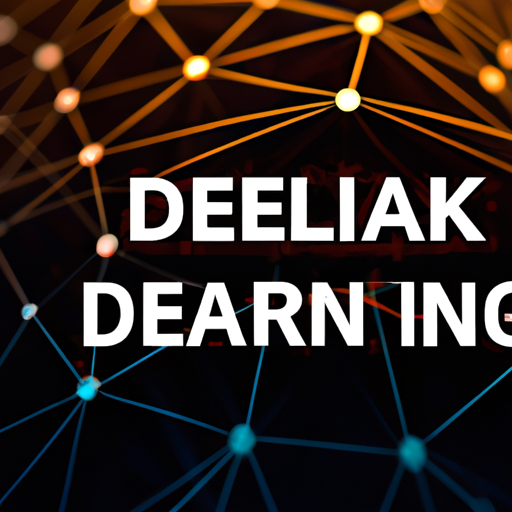Machine Learning
Understanding machine learning: a beginner’s guide
Machine learning is revolutionizing the way we interact with technology, making our lives easier and more efficient.
But what exactly is machine learning, and how does it work?
In this comprehensive guide, we’ll break down the basics of machine learning in a way that’s easy to understand and engaging.
Let’s dive right in!
What is machine learning?
Machine learning is a subset of artificial intelligence that focuses on creating systems that can learn from data and improve over time without being explicitly programmed.
Imagine teaching a child to recognize different animals by showing them pictures and telling them the names.
Over time, the child learns to identify animals on their own without needing further guidance.
Similarly, machine learning algorithms learn from data inputs to make predictions or decisions without human intervention.
The importance of data
Data is the lifeblood of machine learning.
Without data, algorithms have nothing to learn from.
The quality and quantity of data directly impact the performance of a machine learning model.
For instance, if you want to train an algorithm to recognize handwritten digits, you’ll need a large dataset of images with corresponding labels indicating which digit each image represents.
The more diverse and comprehensive your dataset, the better your model will perform in real-world scenarios.
Types of machine learning
There are three main types of machine learning: supervised learning, unsupervised learning, and reinforcement learning.
Supervised learning: in supervised learning, the algorithm is trained on labeled data. This means that each training example includes both input data and the corresponding output. The goal is for the model to learn a mapping from inputs to outputs so it can make accurate predictions on new data. Common applications include image classification and spam detection.
Unsupervised learning: unsupervised learning deals with unlabeled data. The algorithm tries to find patterns or structures within the data without any guidance on what those patterns should look like. Clustering (grouping similar items together) and dimensionality reduction (simplifying complex datasets) are common tasks in this category.
Reinforcement learning: this type focuses on training an agent through trial and error. The agent interacts with an environment by taking actions and receiving rewards or penalties based on its performance. Over time, it learns an optimal strategy for maximizing cumulative rewards. Think of it as training a dog using treats for good behavior!
Real-life applications of machine learning
Machine learning isn’t just theoretical; it’s already transforming various industries in remarkable ways.
Here are some real-life examples:
Healthcare
In healthcare, machine learning algorithms help doctors diagnose diseases more accurately by analyzing medical images or patient records.
For instance, ibm’s watson health uses ai technology to assist oncologists in identifying cancerous tumors faster than traditional methods.
Predictive analytics also enable personalized treatment plans tailored specifically for individual patients’ needs based on their genetic makeup or medical history.
Finance
The finance sector relies heavily on machine-learning models for fraud detection by analyzing transaction patterns for anomalies indicative of fraudulent activity.
Additionally, robo-advisors use ai-powered algorithms to provide personalized investment advice based on clients’ risk tolerance levels while continuously optimizing portfolios over time.
Algorithmic trading employs advanced models capable of executing high-frequency trades at lightning speed—maximizing profits while minimizing risks associated with market fluctuations!
The role of big data in machine learning
Big data plays a crucial role in enhancing machine-learning capabilities by providing vast amounts of information necessary for training robust models effectively!
Imagine trying out different recipes until you find one that tastes perfect—that’s similar when developing powerful ml applications using big datasets!
By leveraging big-data analytics tools like hadoop or spark combined with cloud computing resources such as aws or azure—you can process massive volumes efficiently—extracting valuable insights previously hidden within complex datasets!
Moreover—big-data-driven approaches allow businesses across sectors—from retail logistics manufacturing—to optimize operations streamline processes boost productivity levels significantly!
Challenges and limitations
Despite its immense potential—machine-learning still faces several challenges limitations worth noting:
Data quality issues: poor-quality noisy incomplete inaccurate biased datasets negatively impact overall performance accuracy reliability generated models!
Computational complexity: training sophisticated deep neural networks requires substantial computational power resources often necessitating specialized hardware gpus tpus costly infrastructure investments!
Ethical concerns: ensuring fairness transparency accountability ethical considerations paramount avoid unintended consequences discriminatory practices misuse sensitive information privacy breaches regulatory compliance violations!
Interpretability explainability: understanding interpreting inner workings complex black-box models remains challenging critical stakeholders decision-makers trust adopt ai-driven solutions confidently effectively mitigate risks uncertainties involved!










